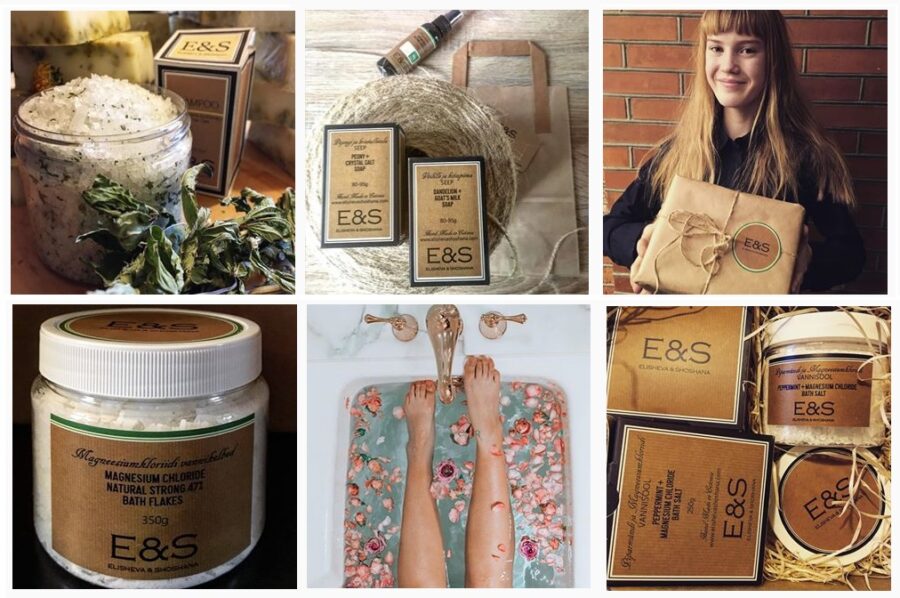
What to do with a household burn?
OHMYGOSSIP — Around 60% of skin burns treated in hospitals happen in the home, with children and elderly people most often affected. But, oddly enough, few people know how to deal with such common accidents. How should we treat (and not treat) a burn?
The kitchen and bathroom are the rooms of the house where most burns occur. Children under 10 and people over 70 are the main victims of these mishaps, usually not serious, but sometimes with very negative health outcomes. Boiling water, contact with fire or hot surfaces, caustic products, electricity … The intensity and type of burn affects the severity of the lesion resulting from damage to different layers of the skin.
What to do
Although it may seem obvious, the first thing to do is end contact between the causative agent and the skin (it is especially important to shut off electrical current, if applicable).
Remove jewellery, bracelets, watches and clothing from the affected area. If clothing has stuck to the skin, however, do not try to remove it unless the burn was caused by a corrosive liquid that has soaked the material.
Apply cold water for 10 to 20 minutes. This will relieve the pain and minimize burn depth. If possible, immerse the affected area or hold it under a slowly running tap. If this is not possible, apply wet cloths soaked in cold water.
Finally, apply an antiseptic product and cover the area with a suitable dressing.
When to see a doctor
1 – Depends on the type of burn. Burns resulting from scalding or contact with hot objects are easier to assess. But electrical burns and burns from corrosive liquids (especially those with basic pH, such as caustic soda) may be more serious than they look.
2 – Depends on the depth of the burn. If the skin is merely reddened, the burn is classified as superficial or first degree. If blisters or necrosis develop (the skin turns purplish or blackish), medical attention is necessary.
3 – Depends on the size of the burned area. Burns that affect more than 10% of the body surface (the palm of one hand is 1%) – more than 5% in children and the elderly – and burns affecting the face, genitals, hands or feet require hospital treatment. In severe cases, the burned area should be covered with cold, wet cloths and the patient should be taken to hospital urgently.
4 – If a person has swallowed a caustic substance or inhaled smoke or if the injured person has some serious illness (cardiac, respiratory, etc), they need to be seen by a doctor.
What not to do
Conventional wisdom can sometimes be counterproductive, with the most unlikely home treatments sometimes recommended as “very effective”, including butter, olive oil, tomato, onion, washing-up liquid and toothpaste. Even using bleach has been recommended!
The use of such remedies will simply worsen the injury and deepen the lesion. It is strongly recommended not to lance or break blisters formed after the burn, as this will only increase the risk of infection.
Water and more water …
A recent article in the journal Burns, based on a survey of parents who attended a British emergency department, revealed that only 10% knew what to do if, hypothetically, their child was scalded by hot water. But the most striking fact was that 26% had, in the past, applied inappropriate treatments such as butter, cooking oil, washing-up liquid, milk or toothpaste.
So the best advice for a burn is to apply water, more water and yet more water. But remember, the best treatment of all is prevention. So do not leave children alone in the kitchen when cooking, cover sockets, do not use electrical devices in the bathroom, etc.
By: Rosa Taberner, dermatologist
Sources: Sociedad Española de Heridas and the Red

 High quality & nature friendly luxury cosmetics from Scandinavia - ElishevaShoshana.com
High quality & nature friendly luxury cosmetics from Scandinavia - ElishevaShoshana.com

